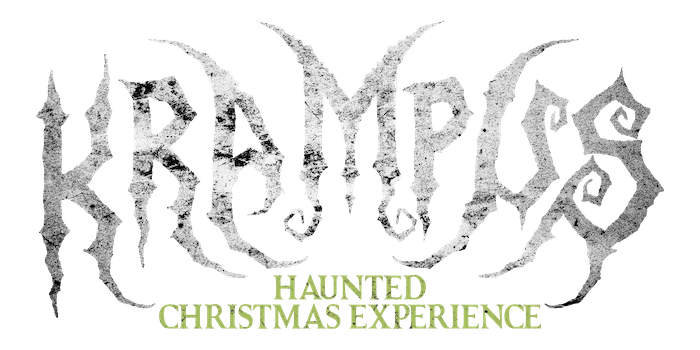The Story of Krampus
The Darker Side of Yuletide: The Tale of Krampus
The soft glow of Christmas lights and the heartwarming melodies of carols make it easy to forget that amidst the joy and merriment, there lurks a darker side to this festive season. This side is best embodied by Krampus, a fearsome creature with cloven hooves, dark fur, and ominous horns, who emerges from the shadows to terrorize the naughty children of the world. But where did the legend of Krampus originate, and how has his story grown over the years? As we trace his eerie evolution, we will end by unveiling an enthralling event—Krampus: A Haunted Christmas Experience in Columbus, Ohio.
Origins of the Krampus Legend
The roots of the Krampus folklore can be traced back to pre-Christian Alpine traditions. Before Christianity spread across the region, the locals celebrated many pagan rituals, one of which honored Krampus. He was seen as the antithesis of Saint Nicholas (or Santa Claus). While St. Nicholas rewards good children with presents, Krampus metes out punishment to those who have misbehaved.
The name “Krampus” is derived from the Old High German word “krampen,” which means “claw.” This is fitting, considering Krampus’s depiction as a beastly creature with long, taloned fingers, always eager to snatch away mischievous children.
Evolution of the Legend
As Christianity gained a foothold in Europe, many pagan customs and characters, including Krampus, were assimilated into Christian traditions. By the Middle Ages, Krampus had found his place in the Christian winter festivities, particularly in the Alpine regions.
In countries like Austria, Germany, Hungary, and Slovenia, December 5th became known as Krampusnacht, or Krampus Night. On this night, men would dress as Krampus and roam the streets, terrifying children with chains and bells. The following day, December 6th, is celebrated as St. Nicholas Day, when good children receive gifts and sweets.
Despite periodic efforts by the church and governments to ban or suppress the Krampus celebrations (deeming them too pagan or disruptive), the tradition persisted, and in some regions, it even thrived.
Rise in Popularity
In recent decades, the tale of Krampus has experienced a revival and has transcended its Alpine roots. This can be attributed to a combination of factors:
- Media Representation: Movies, TV shows, and literature have brought Krampus to a global audience. Films like “Krampus” released in 2015 portrayed the creature in a modern light, sparking interest among those unfamiliar with the legend.
- Cultural Exchanges: As people traveled or migrated from the Alpine regions, they carried the Krampus story with them, sharing it with new cultures and communities.
- Counter-Culture Appeal: In an age where traditional holiday celebrations are often seen as overly commercialized, the edgy and dark allure of Krampus offers a counter-narrative to the typical saccharine sweetness of the season.
- Events and Parades: Many towns and cities in Europe, and now in the US, have annual Krampus parades or Krampus runs. Participants don costumes and masks, transforming into the beastly creature, and engage in mock chases.
Krampus: A Haunted Christmas Experience in Columbus, Ohio
Embracing this rich history and the rising global interest, Columbus, Ohio, has taken the Krampus story and crafted a unique experience: Krampus: A Haunted Christmas. This event is not just a mere retelling of the legend; it’s an immersive journey that brings participants face to face with their deepest yuletide fears.
Set in a sprawling, atmospheric venue, visitors are guided through a series of chilling narratives and set pieces. Imagine wandering through a snow-laden forest, only to hear the distant jingle of chains or encountering a village preparing for Krampusnacht, with the air thick with tension.
But this is not just about fear; it’s also about storytelling, history, and culture. Interactive Columbus Christmas Light Displays delve into the origins of Krampus, offering visitors a chance to learn while they experience the legend firsthand. Live performances, art installations, and even food trucks, photo ops, and games provide a multifaceted encounter with this iconic creature.
Tickets to Krampus are very limited and sell out in advance for every night. Visit FearColumbus.com/krampus to see if tickets are available for this December’s event.
In conclusion, Krampus’s tale is a testament to the enduring power of folklore and the human fascination with the dichotomies of good and evil, light and dark. The story, having journeyed from ancient Alpine villages to modern cities like Columbus, underscores the timeless appeal of a good, chilling tale—especially during the warm and cozy Christmas season. Whether you see him as a fearsome beast or a symbol of rebellion against the conventional holiday narrative, Krampus’s presence is undeniable, and his legend continues to grow.

